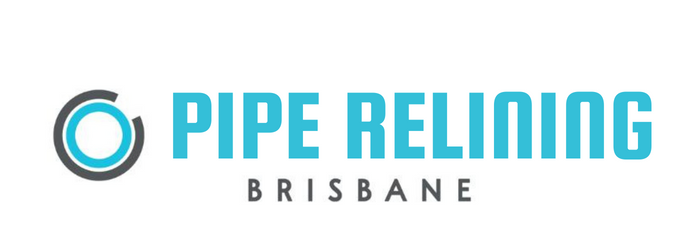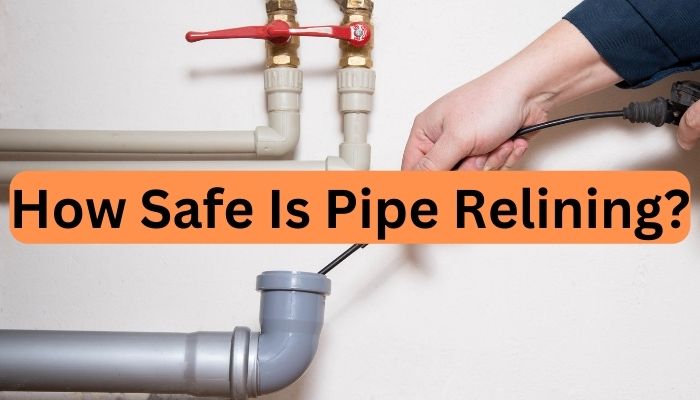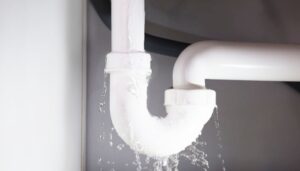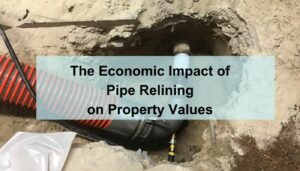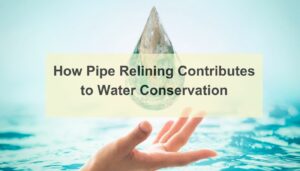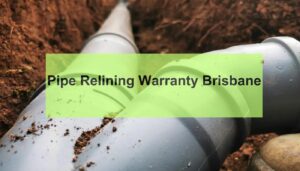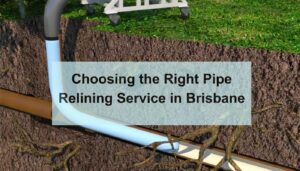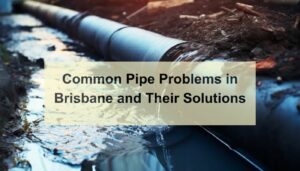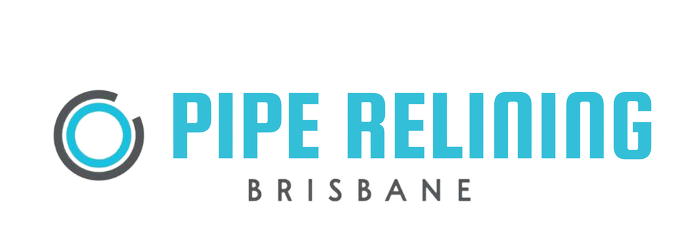Pipe relining, a modern technique in the world of plumbing, has revolutionized how we approach pipe repairs. It’s a method that involves repairing damaged pipes from the inside, essentially creating a new pipe within the same old pipes, one without the need for extensive excavation. But just how safe is pipe- relining work, this innovative method for sewer pipes? Let’s dive into the world of pipe relining to understand its safety aspects.
The Basics of Pipe Relining
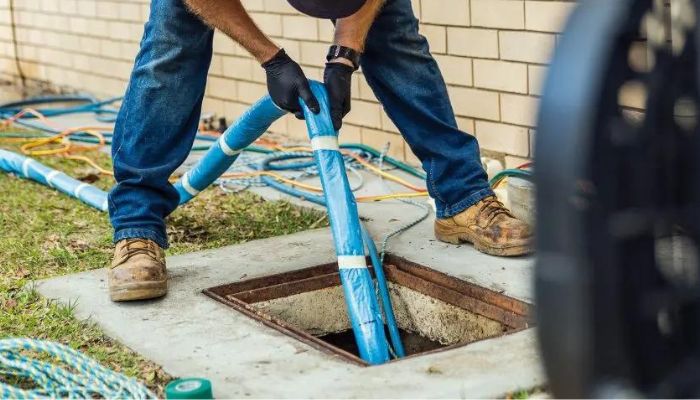
Before repairing pipes and assessing its safety, it’s crucial to grasp what pipe relining involves. This process, also known as Cured-In-Place Pipe (CIPP) lining, uses a special resin-impregnated liner. This liner is inserted into the damaged pipe and then inflated, pressing against the old pipe part’s inner walls. Once the resin hardens, it forms a new, seamless pipe lining that repairs cracks, leaks, and other damages.
Safety of Materials Used in Pipe Relining
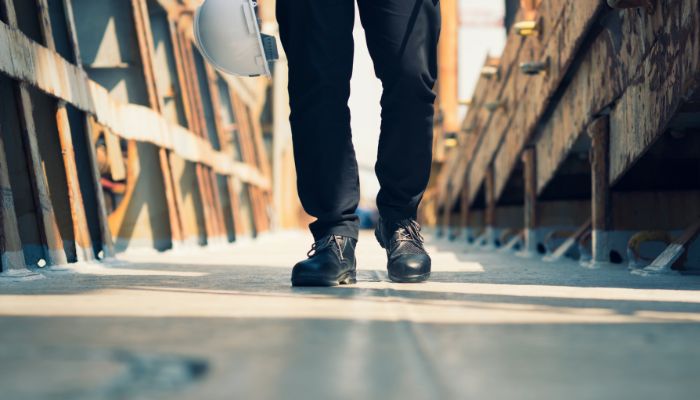
- Resin Types: The most commonly used resins in pipe relining are epoxy, polyester, and vinyl ester. These materials are selected for their durability and resistance to various environmental factors. Once cured, these resins are stable and non-reactive, which means they don’t leach chemicals into the water supply or surrounding soil.
- Non-Toxic Nature: A significant concern with any pipe repair method is the potential for toxic materials to enter the water system. With pipe relining, once the resin cures, it becomes inert – meaning it doesn’t release harmful chemicals. This aspect is crucial for pipes that carry drinking water.
- Compliance with Standards: The materials used in pipe relining typically meet industry standards for safety. They are designed to be safe for use in potable water systems, ensuring that they don’t pose a health risk to consumers.
The Safety of the Pipe Relining Process
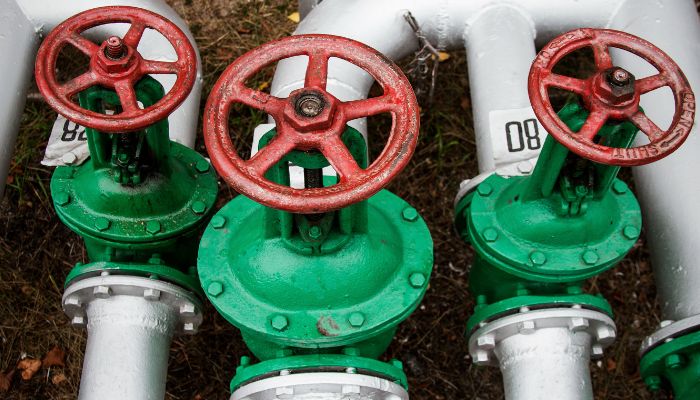
- Trenchless Technology: One of the biggest safety advantages of pipe relining is its trenchless nature. Traditional pipe repair methods often require extensive digging, which can pose risks such as accidental strikes on other utility lines, cave-ins, and general safety hazards for workers and residents. Pipe relining minimizes these risks by requiring only minimal excavation.
- Reduced Environmental Impact: With less digging, the environmental impact of pipe relining is significantly lower compared to traditional methods. This reduction in soil disturbance means there’s less chance of soil contamination and less disruption to the surrounding ecosystem.
- Controlled and Precise: The pipe relining process is highly controlled, with CCTV cameras often used to inspect the pipes and guide the relining process. This precision reduces the risk of errors that could compromise the safety and effectiveness of the repair.
Long-Term Safety Considerations
Durability & Lifespan
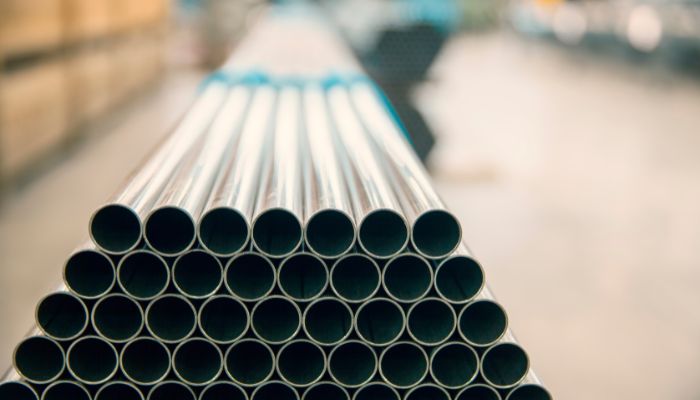
- Durability: Relined pipes are incredibly durable. They are resistant to common issues like root intrusion, corrosion, and general wear and tear. This durability means fewer repairs in the future, reducing the risk of pipe failures that could lead to safety hazards.
- Lifespan: The lifespan of a relined pipe can be several decades, making it a long-term solution. This extended lifespan not only ensures the safety and integrity of the plumbing system over time but also reduces the need for future repairs and the associated risks.
- Prevention of Leaks and Breaks: By creating a seamless inner lining, pipe relining effectively seals off any existing leaks or weak points in the pipe. This prevention of leaks is crucial for maintaining the safety and integrity of both the water supply and the surrounding environment.
Delving Deeper into the Safety Aspects of Pipe Relining
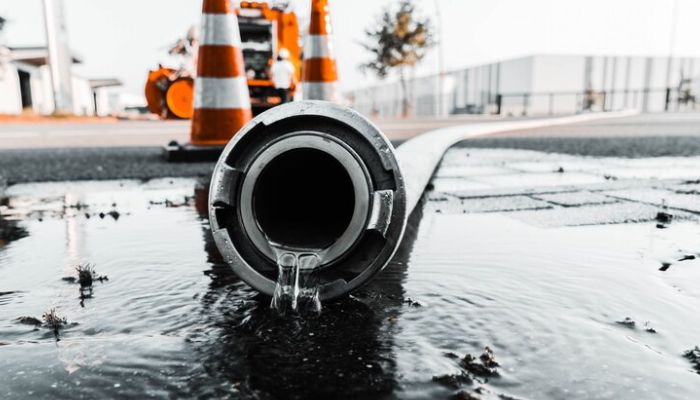
Practical Applications and Safety
In this section, we explore how the safety of pipe relining translates into practical applications, focusing on residential, commercial, and industrial scenarios.
Residential Pipe Relining: In homes, pipe relining is often used to address issues like cracked sewer lines or deteriorating water pipes. The safety of this method is paramount in residential areas, where the health of families and the integrity of home structures are at stake. The trenchless nature of pipe relining means that homeowners don’t have to worry about large-scale excavations that could compromise the structural integrity of their homes or pose physical hazards.
Commercial Applications: Commercial properties, including office buildings, shopping centers, and restaurants, often have complex plumbing systems. Pipe relining in these settings not only addresses the immediate repair needs safely but also ensures minimal disruption to business operations. The quick turnaround time and the avoidance of extensive excavation work are crucial for maintaining a safe and functional commercial environment.
Industrial Pipe Relining: In industrial settings, where pipes may carry hazardous materials or operate under high pressure, the safety of pipe repairs is critical. Pipe relining offers a secure solution that minimizes the risk of leaks or ruptures, which could have severe safety implications in such environments.
Addressing Health and Environmental Concerns

Water Quality Assurance: One of the primary safety concerns in pipe repair is maintaining the quality of the water supply. Pipe relining materials, once cured, are inert and do not leach chemicals, ensuring that the water remains safe for consumption.
Environmental Protection: By avoiding extensive digging, pipe relining reduces the risk of soil contamination and protects the local flora and fauna. This aspect is particularly important in sensitive environmental areas.
The Role of Technology in Ensuring Safety
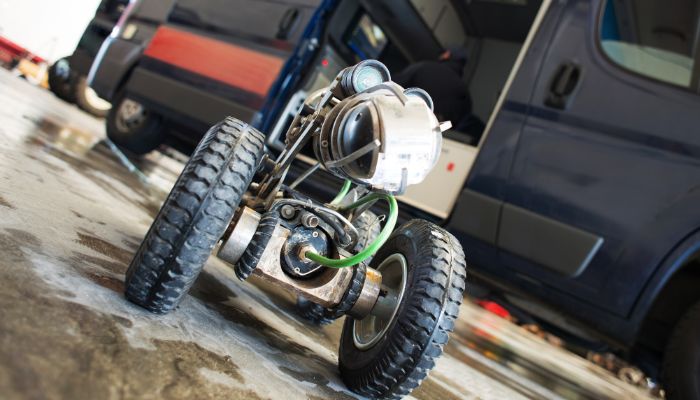
CCTV Pipe Inspections: The use of CCTV for pipe inspections prior to relining plays a crucial role in identifying the exact problem areas. This precision ensures that the relining process is not only effective but also safe, addressing the right issues without unnecessary interventions.
Advanced Resin Formulas: The development of advanced resin formulas has enhanced the safety and effectiveness of pipe relining. These resins are designed to be strong, durable, and safe for various applications, including potable water lines.
Challenges and Solutions in Pipe Relining
Navigating Challenges and Implementing Solutions in Pipe Relining
Handling Complex Pipe Systems: One challenge in pipe relining is dealing with complex pipe systems, especially in older buildings or intricate industrial setups. However, the flexibility and adaptability of the relining process make it a safe option even in these challenging scenarios.
Ensuring Long-Term Safety: To guarantee the long-term safety of relined pipes, regular inspections and maintenance are recommended. This proactive approach helps in identifying any potential issues before they become serious problems.
Broader Implications and Future of Pipe Relining Safety
Regulatory Compliance and Standards
In the realm of well pipe replacement and relining services, adhering to regulatory standards is not just a formality but a crucial aspect of ensuring safety. These regulations are designed to ensure safety and protect both the environment and public health.
Compliance with Plumbing Codes: Pipe relining materials and methods must comply with national and local plumbing codes. These standards ensure that relined pipes are safe for water transport and do not pose any health risks.
Certifications for Safety: Materials used in pipe relining often come with certifications that indicate they have been tested for safety and efficacy. These certifications are a key factor in maintaining high safety standards in the industry.
Impact on the Plumbing Industry
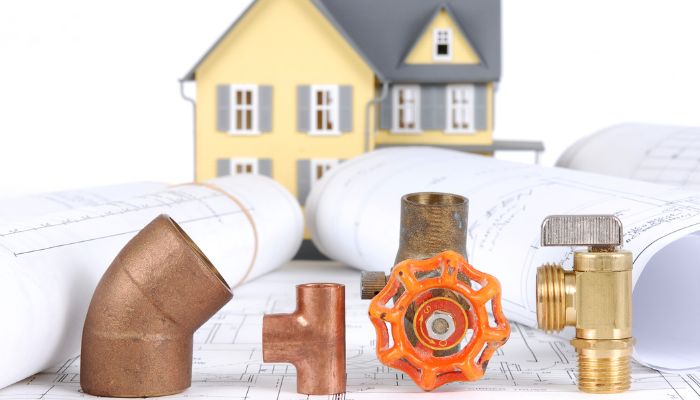
Pipe relining is not just a repair method for existing pipes; it’s a shift in how we think about maintaining pipes and repairing our plumbing infrastructure. Its safety and efficiency benefits have significant implications for the industry.
Raising Industry Standards: The success and safety of pipe relining are setting new standards in the plumbing industry. It’s pushing professionals to adopt more advanced, less invasive, and safer methods in all aspects of plumbing.
Training and Education: As pipe relining becomes more prevalent, there’s a growing need for specialized training and education in this area. This training ensures that technicians are well-versed in the latest, safest methods of pipe repair.
Conclusion
In conclusion, pipe relining emerges as a standout solution in modern plumbing, balancing efficiency, safety, and environmental consciousness. Its non-invasive nature, coupled with the use of durable and safe materials, makes it an attractive option for a wide range of applications. As we move forward, the continuous advancements in materials and techniques will further solidify pipe relining’s position as a preferred method for pipe repair. For property owners, municipalities, and industry professionals alike, embracing the benefits of pipe relining means investing in a method that not only addresses immediate repair needs but also contributes to long-term infrastructure sustainability and safety.
